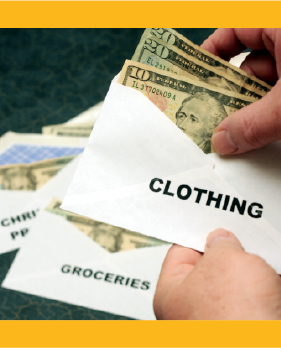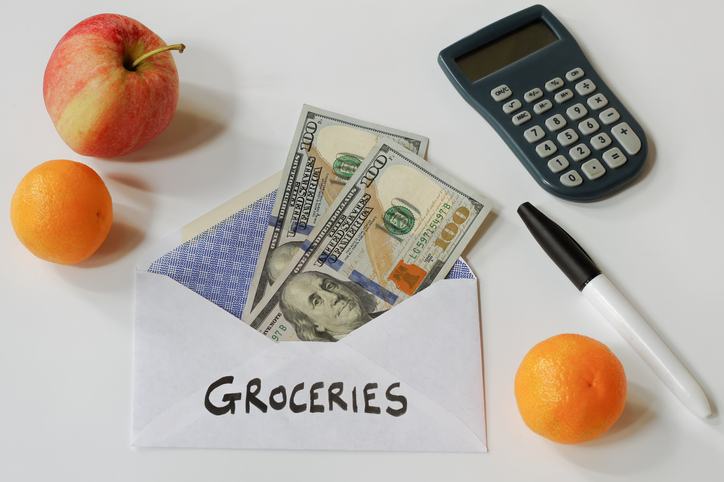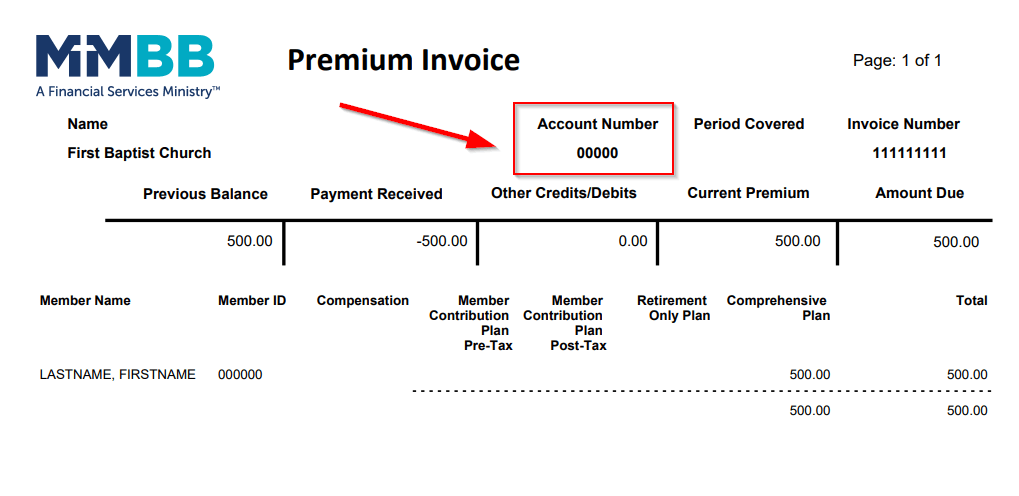Cash Stuffing: The Budgeting Trend That Everyone’ s Talking About
Alexis sat at her kitchen table, surrounded by unopened bills and crumpled receipts. Despite working long hours, her finances were always in chaos. Each month, surprise expenses and impulse buys sabotaged her budget. But one evening, while scrolling through social media, she discovered a video about the cash stuffing system—a hands-on budgeting method that promised clarity and control. For the first time in months, Alexis felt hopeful.
What Is Cash Stuffing?
Also known as the cash envelope system, cash stuffing is a budgeting technique that has existed for 70 years. After you create a monthly budget, you divide your money in cash form into physical envelopes labeled by category—groceries, gas, utilities, dining out, and more. You spend only what’s in each envelope without dipping into other funds, which helps you stay within budget and avoid credit card debt.
Pros and Cons of Traditional Cash Stuffing
While the cash envelope system, physically limits overspending, reduces impulse purchases and avoids credit card and overdraft fees, there are many negatives. This method involves:
- Time-consuming trips to the bank.
- Risk of theft or loss.
- No interest earned on cash.
- Missing out on credit card rewards if you use your credit card responsibly.
- Incompatibility with online shopping.
- No spending alerts or automation.
- Focusing on short-term budgeting rather than a long-term financial strategy for saving for the future.
For these reasons, cash stuffing has evolved with the digital age.
Going Digital: The Rise of Virtual Envelopes
Digital envelope stuffing is a contemporary twist on the traditional cash envelope system because it uses apps, spreadsheets, or online banking tools. You still create a budget and assign funds to categories—but now it’s all virtual.
Apps like Goodbudget, Quicken Simplifi, Tiller, PocketGuard, EveryDollar, YouNeedaBudget and RealBudget let you track spending manually or automatically by syncing the app with your bank account and securing your funds with bank-level protection. In addition, you can shop online and pay bills with ease, as well as access your budget anywhere.
How Digital Envelope Stuffing Works
While digital cash stuffing requires more discipline regarding online or credit card spending, at its core, it follows the same principles as traditional cash stuffing:
- Create a Monthly Budget: Identify your income and categorize your expenses (e.g., groceries, rent, entertainment).
- Set Up Virtual Envelopes: Instead of physical envelopes, you use apps, spreadsheets, or online banking tools (if your online bank offers this functionality) to create digital categories, including categories for savings and retirement.
- Allocate Funds: Assign specific amounts to each digital envelope.
- Track Spending: Monitor your expenses online instead of with cash envelopes. Unlike physical envelopes, the software and apps may help you track spending trends and other habits that may be useful in planning and achieving your future financial goals.
In addition to helping you gain a holistic view of your finances, here are more positive factors that distinguish virtual envelope stuffing from traditional cash stuffing:
- It doesn’t require you to carry cash and as a result, is safer and more secure.
- If you lose your credit card, you can quickly block it through your bank.
- It is compatible with online payments, which makes it easier to manage on the go.
- It allows for a more long-term mindset that encourages saving, which, in turn, allows you to earn interest.
Alexis’s Breakthrough
By embracing virtual cash stuffing, Alexis finally gained control over her finances. The system helped her curb impulsive spending, avoid debt, and build discipline. Digital cash stuffing tools gave her the structure she needed—and the peace of mind she’d been missing.
There are many budgeting methods, but ultimately the one that works best for you depends upon your lifestyle, habits and financial goals. It’s wise to consult your financial planner when determining which budgeting method is the right fit for you.
Learn about two more popular budgeting methods in our article: "Zero-Based Budgeting and the 50-30-20 Rule."
Sources:
How To Use A Digital Envelope System | Clever Girl Finance
The Digital Envelope Budgeting System - Quorum
Best Mvelopes Alternatives: 7 Apps for Envelope Budgeters
This information is provided for informational purposes. MMBB is not responsible for the outcomes resulting from the use of this information. MMBB does not endorse any third parties mentioned in this article.








 Next
Next



